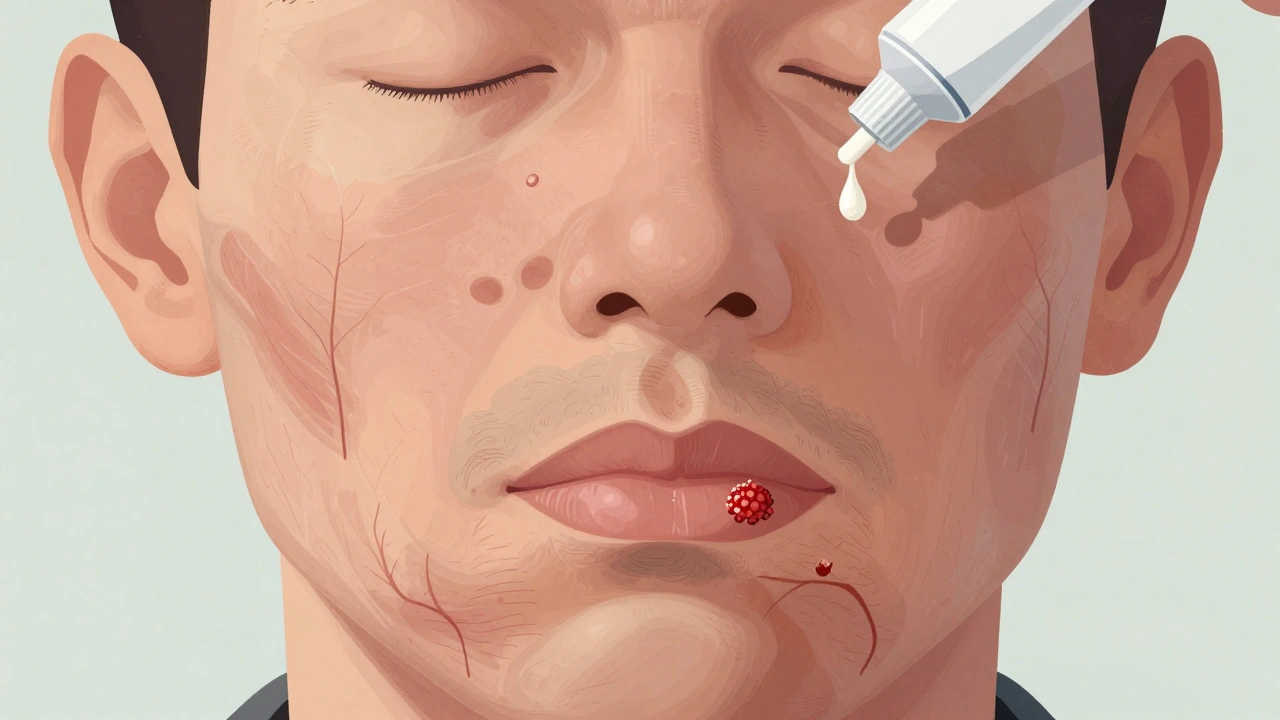If you’ve ever faced a stubborn rash, eczema flare‑up, or itchy skin, you’ve probably heard of steroid creams. These are called topical corticosteroids, and they can calm inflammation fast. But they’re not a one‑size‑fits‑all solution. Knowing which product fits your skin, how to apply it, and what to watch for can keep you comfortable without nasty side effects.
Topical corticosteroids are medicines you rub onto the skin. They contain a synthetic version of the hormone cortisol, which your body uses to control swelling and immune reactions. When you put the cream on a red, itchy patch, it tells the skin’s immune cells to calm down, so the redness and itching fade.
Not all steroid creams are equal. They’re ranked by strength – from mild (like 1% hydrocortisone) to very strong (like clobetasol). The stronger the cream, the more powerful the relief, but also the higher the risk of thinning skin, stretch marks, or acne‑like bumps. That’s why doctors match the strength to the problem: mild for everyday eczema, moderate for tougher psoriasis, and strong only for short‑term bursts.
When you shop for a cream, you’ll see names like Elocon, Betnovate, or Triamcinolone. Here’s a quick cheat sheet:
Pick the product your doctor recommends based on the area, severity, and how long you need treatment. If you’re buying online, make sure the pharmacy is reputable, asks for a prescription, and ships in sealed packaging.
How to apply? First, wash the spot with mild soap and pat it dry. Use a thin layer – about the size of a pea for a fingertip‑sized patch. Rub it in gently; don’t scrub. Wash your hands afterward unless the treated area is your hands. Most creams work in 24‑48 hours, but you usually keep using them for 1‑2 weeks, then taper down to avoid rebound flare‑ups.
Watch for side effects. Mild irritation, a temporary burning feeling, or a light pink tint can happen at first. If you see thinning skin, easy bruising, or a rash that spreads, stop the cream and call your doctor. Long‑term use on the same spot should be avoided unless a specialist says it’s safe.
Finally, remember that steroid creams are just one part of skin care. Keep the area moisturized with a fragrance‑free lotion, avoid harsh soaps, and protect sensitive skin from extreme temperatures. Pairing good skin habits with the right topical corticosteroid gives the best chance for fast, lasting relief.

Topical corticosteroids can cause skin thinning, infections, and withdrawal symptoms if used too long or too often. Learn the signs, risks, and how to use them safely-or switch to safer alternatives.
read more
Triamcinolone is a popular treatment for skin conditions, but it's not the only option. This article explores alternative treatments including Clobetasol, offering a comparison of their benefits and drawbacks to help you make an informed choice.
read more